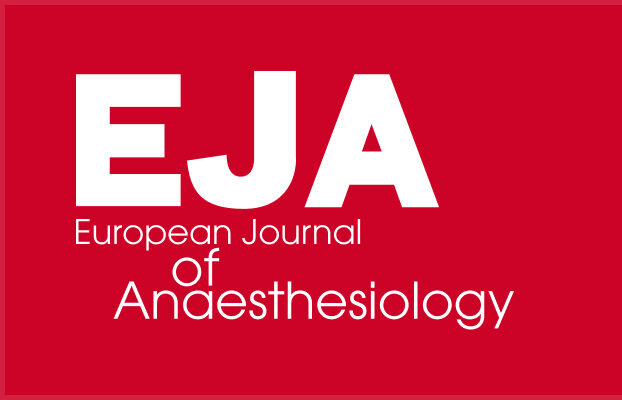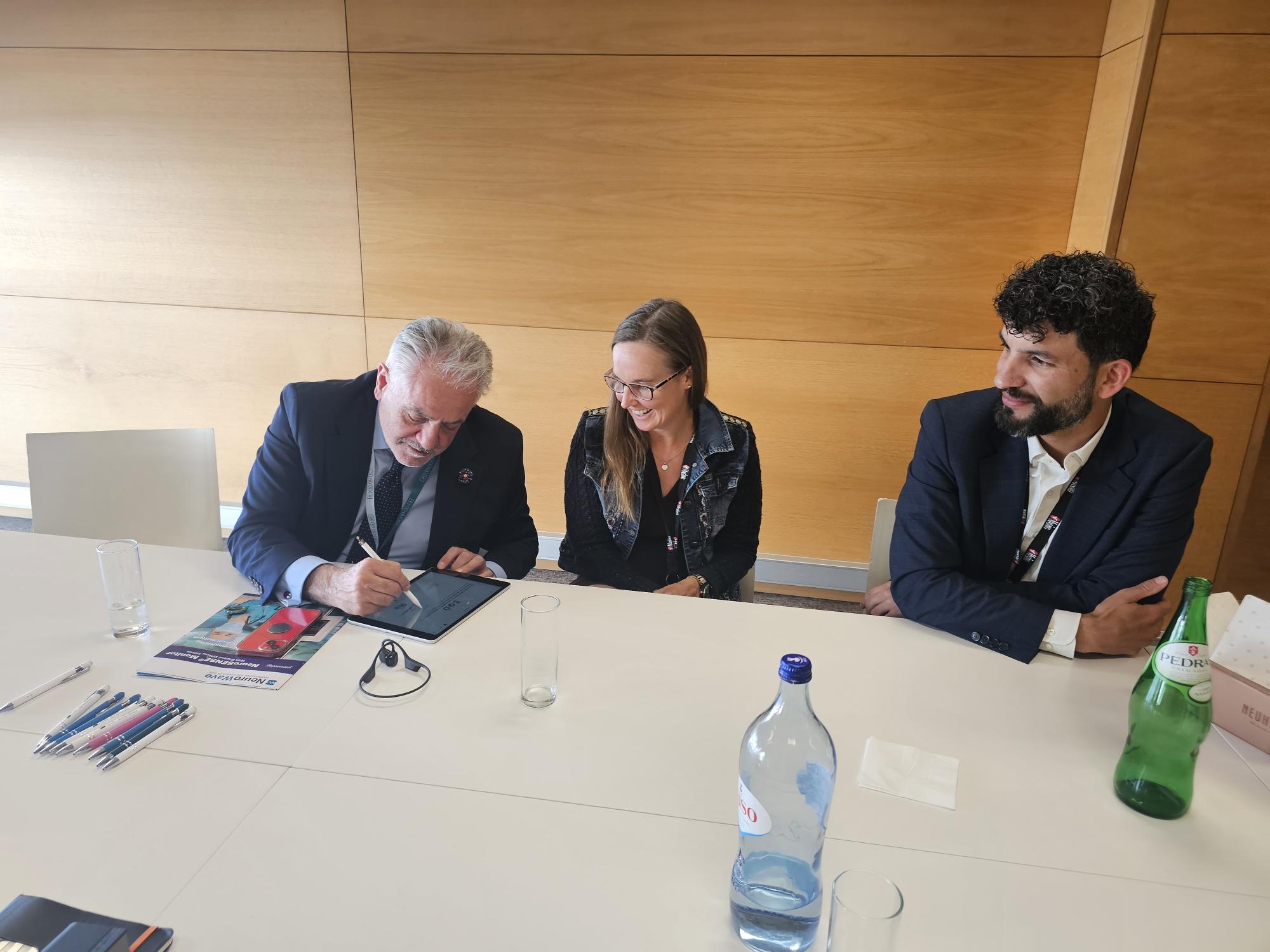Noninvasive respiratory support in the hypoxaemic patient
Noninvasive respiratory support in the hypoxaemic peri-operative/periprocedural patient
Hypoxaemia is a potential life-threatening yet common complication in the peri-operative and periprocedural patient (e.g. during an invasive procedure with risk of deterioration of gas exchange, such as bronchoscopy). The European Society of Anaesthesiology (ESA) and the European Society of Intensive Care Medicine (ESICM) have developed guidelines for the use of noninvasive respiratory support techniques in the hypoxaemic patient in the peri-operative and periprocedural period. The panel outlined five clinical questions regarding treatment with noninvasive respiratory support techniques [conventional oxygen therapy (COT), high flow nasal cannula (HFNC), noninvasive positive pressure ventilation (NIPPV) and continuous positive airway pressure (CPAP)] for hypoxaemic patients with acute peri-operative/periprocedural respiratory failure. The goal was to assess the available literature on the various noninvasive respiratory support techniques, specifically studies that included adult participants with hypoxaemia in the peri-operative/periprocedural period. The literature search strategy was developed by a Cochrane Anaesthesia and Intensive Care trial search specialist in close collaboration with the panel members and the ESA group methodologist. The Grading of Recommendations Assessment, Development and Evaluation (GRADE) system was used to assess the level of evidence and to grade recommendations. The final process was then validated by both ESA and ESICM scientific committees. Among 19 recommendations, the two grade 1B recommendations state that in the peri-operative/periprocedural hypoxaemic patient, the use of either NIPPV or CPAP (based on local expertise) is preferred to COT for improvement of oxygenation; and that the panel suggests using NIPPV or CPAP immediately postextubation for hypoxaemic patients at risk of developing acute respiratory failure after abdominal surgery.









